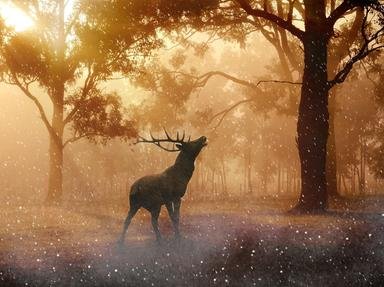Quiz Answer Key and Fun Facts
1. Canada
2. South and southeast Asia
3. North America, Central America, and South America
4. North America, Central Asia, East Asia
5. Europe, Southwest Asia
6. Europe, Southwest Asia, Central Asia, Northwest Africa
7. Northern Europe, Northern Asia, and northern North America
8. Southern Europe, Turkey
9. South America
10. Philippines
Source: Author
bernie73
This quiz was reviewed by FunTrivia editor
rossian before going online.
Any errors found in FunTrivia content are routinely corrected through our feedback system.

